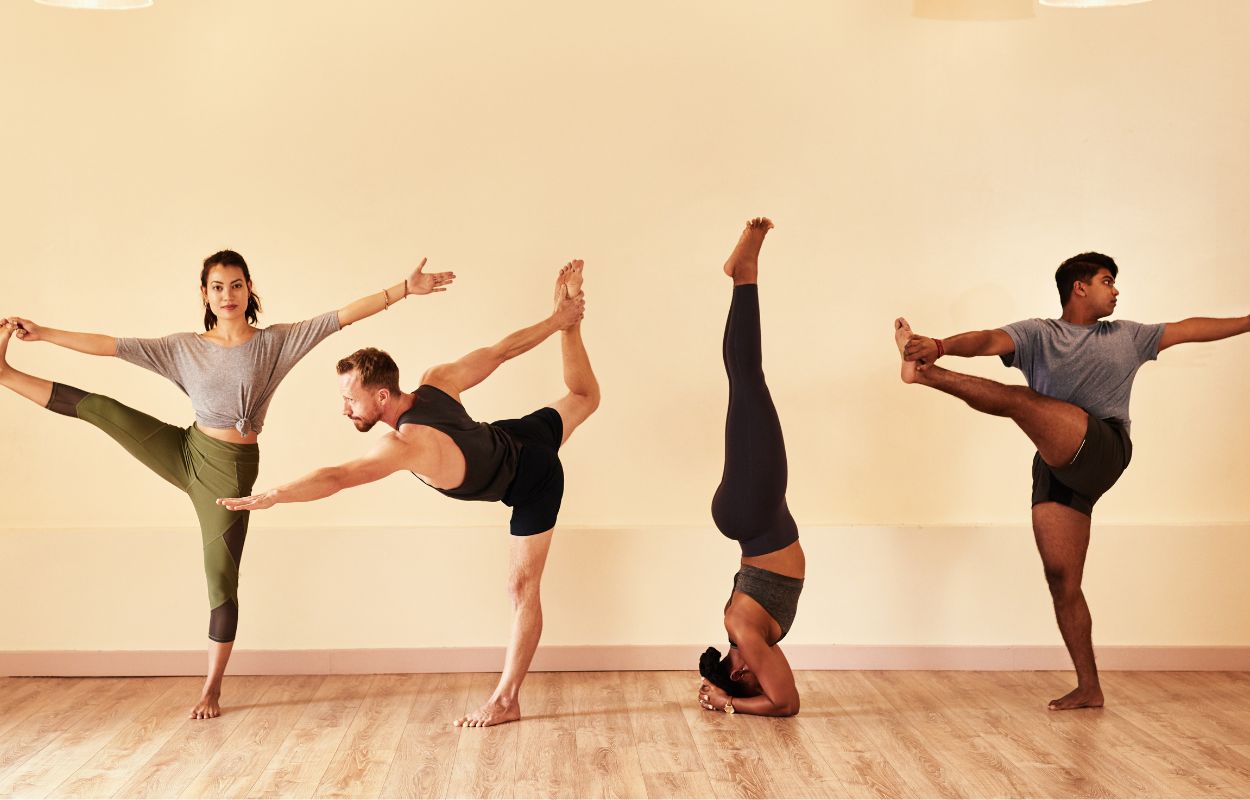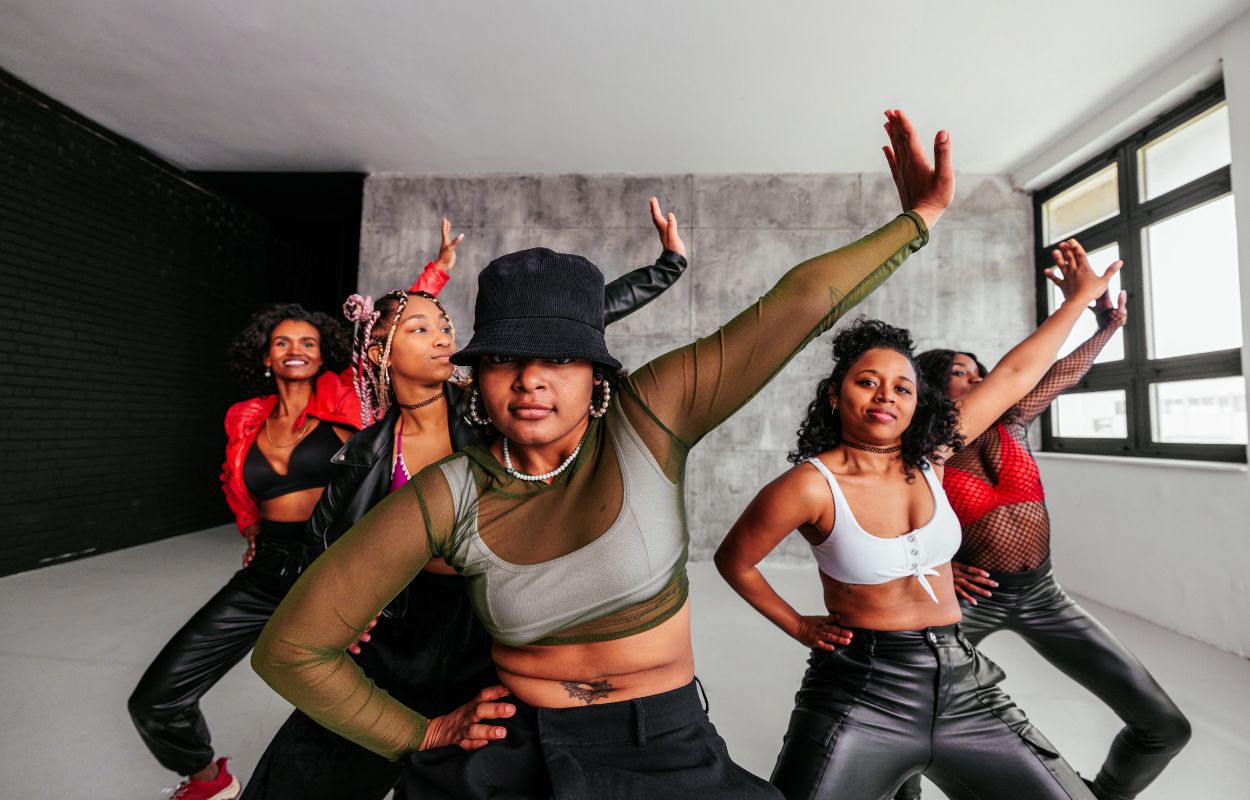In the mesmerizing world of acting, where emotions, expressions, and storytelling collide, the importance of physicality cannot be overstated. Physicality in acting is the art of using one’s body to convey emotions, build characters, and engage audiences. This crucial aspect goes beyond mere movement; it is a dynamic force that brings scripts to life on the stage or screen.
EXPRESSIVE MOVEMENT
One of the primary components of physicality in acting is expressive movement. Actors communicate volumes through their bodily gestures, from a subtle shift in posture to a grand sweeping motion. Every movement is a brushstroke on the canvas of the character, adding depth and nuance to the performance. It’s not just about being physically active; it’s about making every movement intentional, contributing to the narrative in a meaningful way.
SPATIAL AWARENESS
Understanding the space around you is another facet of mastering physicality in acting. A skilled actor doesn’t merely occupy space but uses it purposefully. Spatial awareness involves knowing how to navigate the stage or set, interact with props, and connect with fellow actors. It’s about making the environment an extension of the character, creating a seamless integration between the performer and the world they inhabit.
ENERGETIC PRESENCE
A compelling performance is often characterized by an energetic presence that captivates the audience. Physicality in acting demands a conscious control of energy levels, whether it’s projecting enthusiasm, embodying melancholy, or exuding confidence. The actor becomes a conduit for the emotional currents of the story, channeling and amplifying them through their physical being. This dynamic energy resonates with viewers, forging a powerful connection that transcends the limitations of the script.
BODY LANGUAGE MASTERY
Body language is the unspoken language of the stage, and actors must become fluent in its nuances. Every tilt of the head, every shift in weight, and every glance speaks volumes. Mastery of body language allows actors to convey complex emotions and subtle character traits without uttering a single word. It’s a silent dialogue with the audience, enriching the narrative tapestry with layers of meaning that go beyond the script.
CHARACTER PHYSICALIZATION
Physicality is the key to unlocking the essence of a character. Physicalizing a character involves embodying their traits, quirks, and idiosyncrasies through movement and posture. Whether it’s a regal stride, a nervous fidget, or a confident stance, the way a character moves defines them as much as their dialogue. By delving into the physicality of a role, actors breathe life into characters, making them memorable and authentic.
CHOREOGRAPHY AND BLOCKING
In the collaborative art of acting, choreography and blocking play a pivotal role. Choreography refers to the planned movement sequences, while blocking involves the positioning and movement of actors within a scene. Both aspects are essential for creating a visually engaging performance. Through thoughtful choreography and precise blocking, actors can enhance the narrative flow, emphasize key moments, and guide the audience’s focus, further underscoring the significance of physicality in acting.
In the grand tapestry of acting, physicality is the vibrant thread that weaves together emotions, expressions, and characters. From expressive movement to body language mastery, the actor’s body is a powerful instrument for storytelling. Aspiring actors, take note: embrace the physicality of your craft, for in doing so, you unlock the true magic of acting. Let your body speak the language of the characters you portray, and watch as your performances transcend the stage or screen, leaving a lasting impression on audiences. In the world of acting, physicality is not just a technique; it is the heartbeat that brings stories to life.





